Scientist of the Day - Adelbert von Chamisso
Adelbert von Chamisso, a French/German botanist and adventurer, was born Jan. 30, 1781. Chamisso was invited to go along as naturalist on the voyage of the Rurik, a Russian ship commanded by an Estonian, Otto von Kotzebue, that departed in 1815. The crew (only 32 were aboard) sailed down the Atlantic, around South America, up the east coast of Russia, and into the Bering Strait. Their mission was to search for a Northwest Passage from the Alaskan side, which they did not find (this was several years before the British began looking for a similar passage from the Greenland side). But the Rurik did spend a month in San Francisco bay, which was occupied at the time only by a small Spanish fort and mission, and Chamisso spent his time collecting specimens of plants unknown to Europeans, which he later would describe and name. His most notable discovery was the California poppy, now the state flower, which he named, after the Rurik's physician, Eschscholzia californica (second image). Since it was uncouth to name a plant after yourself, Chamisso had to wait a while until someone else named the Mohave suncup in his honor, Camissonia brevipes (third image).
After the Rurik returned in 1818 (see map above, fourth image), Chamisso was allowed by Kotzebue to write volume 3 of the expedition narrative (just as Charles Darwin would later be given the chance to write the third volume of the Voyage of the Beagle). Kotzebue’s narrative was called Entdeckungs-Reise in die Süd-See und nach der Berings-Strasse (A Voyage of Discovery into the South Sea and Bering's Strait, 1821)--we have a copy in the History of Science Collection. However, Chamisso was so dismayed with the way his contribution turned out--he was not allowed to correct proofs or include an errata sheet--that he later republished a corrected account, along with a diary of the trip, in 1836. We do not have Chamisso's Reise um die Welt in the Library; we are looking for a copy to acquire. Most of the surviving portraits of Chamisso give him a sour look, except for one by his friend (and Nutcracker author) E.T.A. Hoffman (first image).
Chamisso may be best known as the author of a fantasy tale, Peter Schlemihls wundersame Geschichte (The Marvelous Story of Peter Schlemihl, 1814), about a man who sold his shadow to the Devil, in exchange for a bottomless purse, and who discovered that humans are attached to their shadows and will have nothing to do with a man who does not have one (fifth image).
Dr. William B. Ashworth, Jr., Consultant for the History of Science, Linda Hall Library and Associate Professor, Department of History, University of Missouri-Kansas City. Comments or corrections are welcome; please direct to ashworthw@umkc.edu.

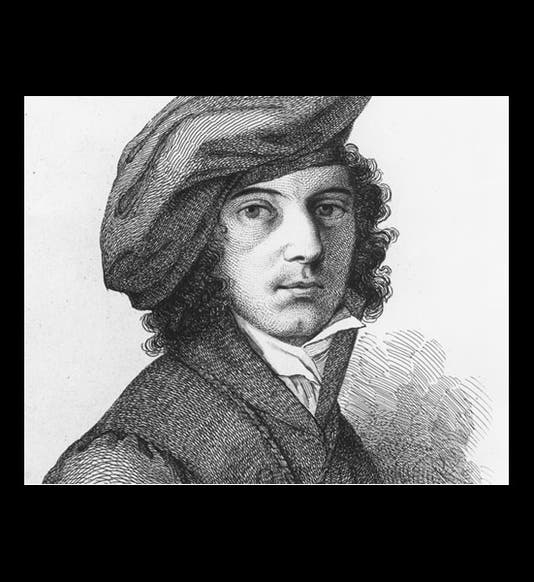
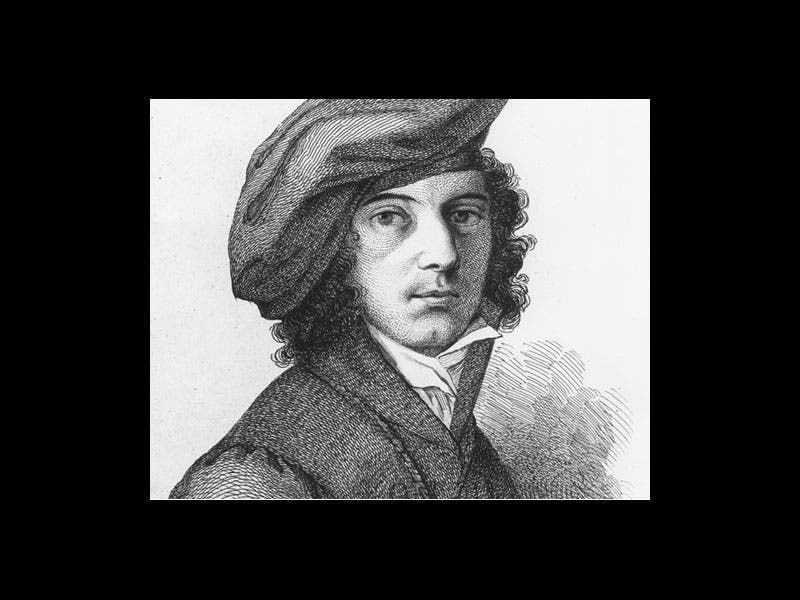
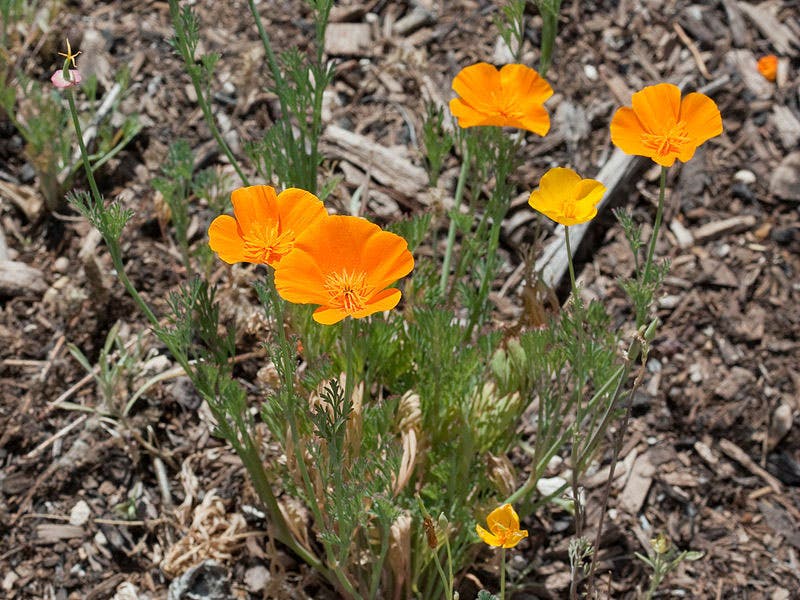
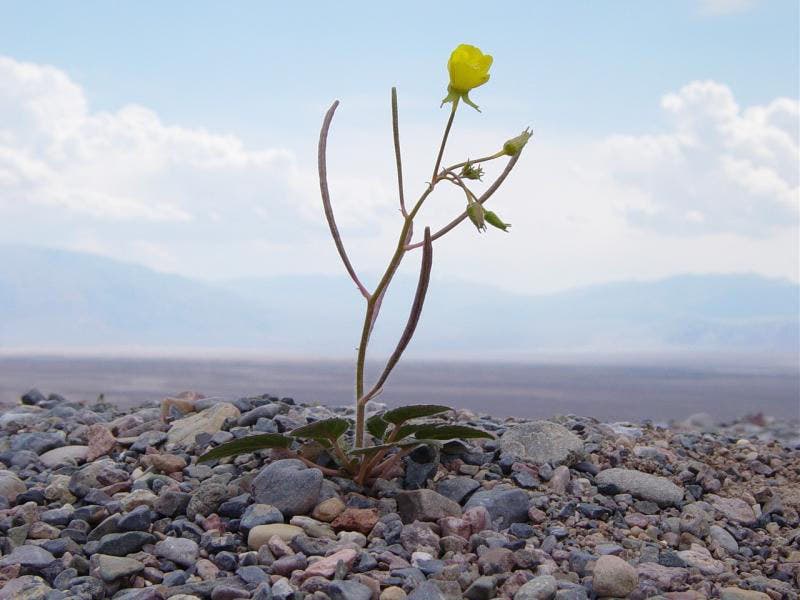
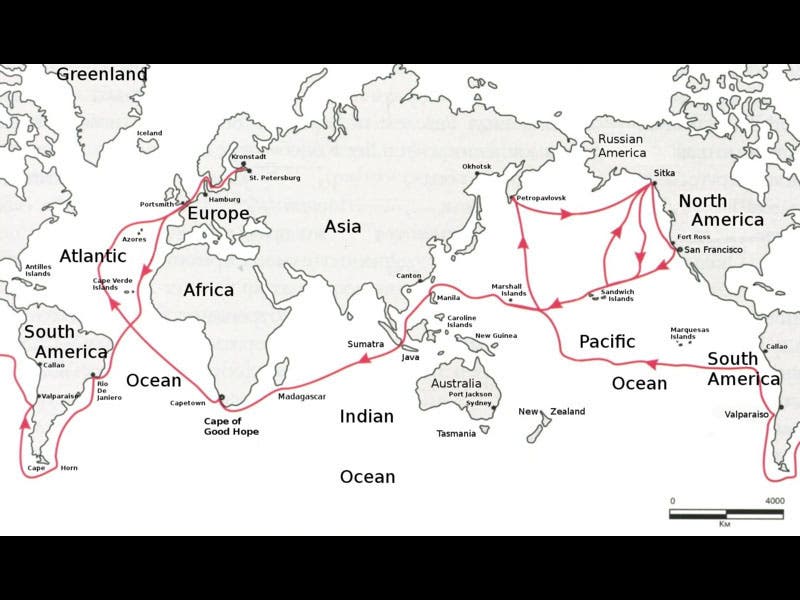
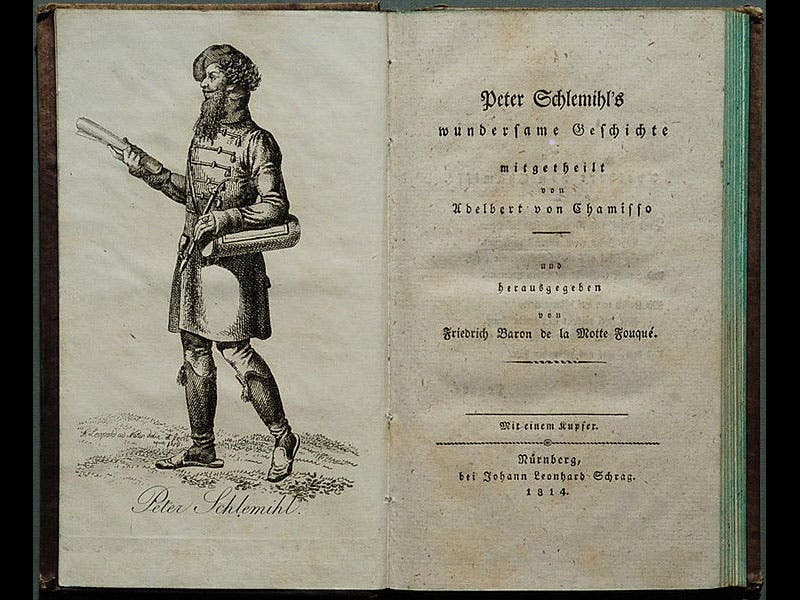


![Using an astrolabe to measure the depth of a well, woodcut in Elucidatio fabricae vsusq[ue] astrolabii, by Johannes Stöffler, 1513 (Linda Hall Library)](https://preview-assets-us-01.kc-usercontent.com:443/9dd25524-761a-000d-d79f-86a5086d4774/a998eb50-55d2-4a88-ace2-a50aa5fa86e7/Stoffler%201.jpg?w=210&h=210&auto=format&fit=crop)

